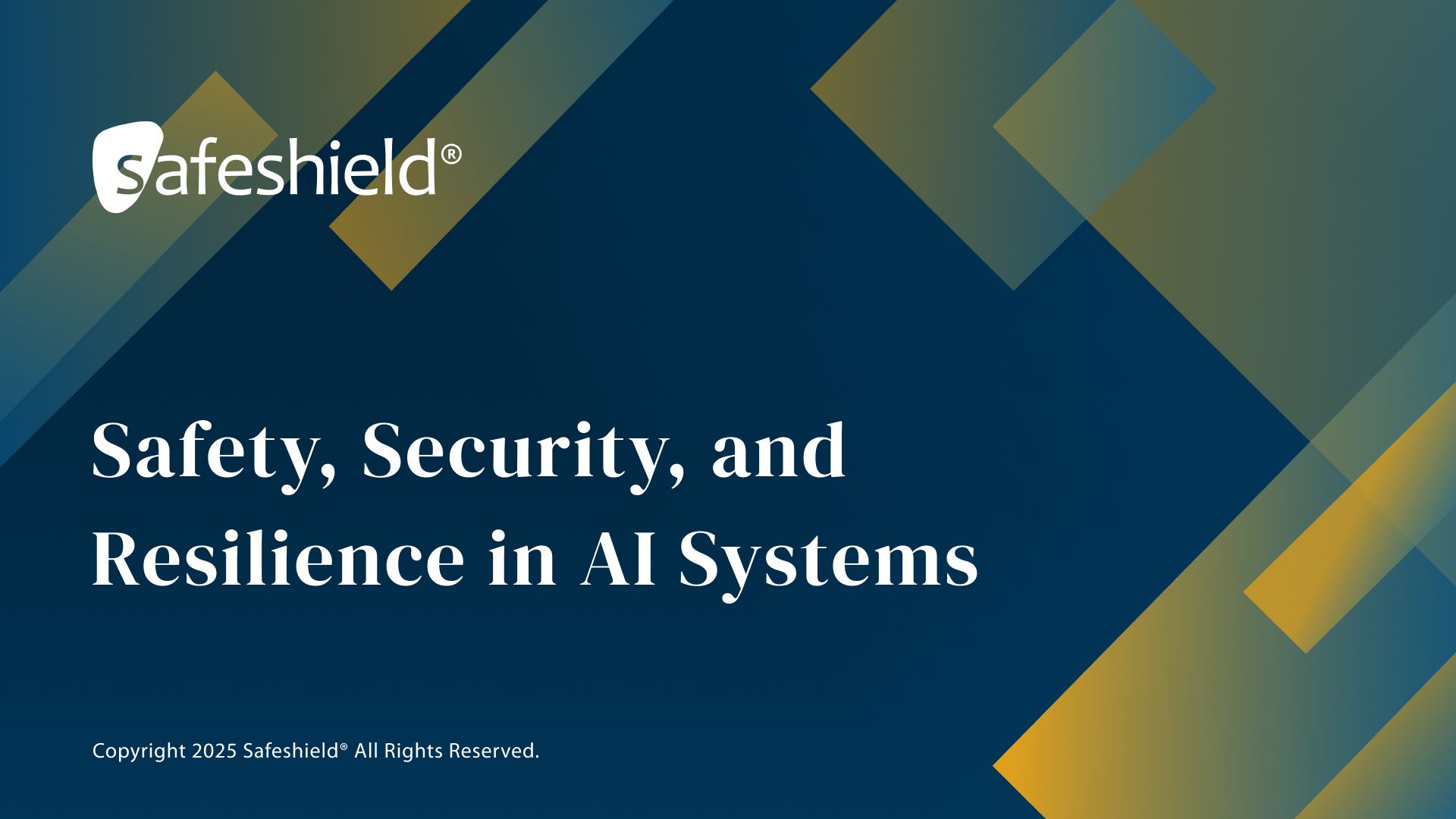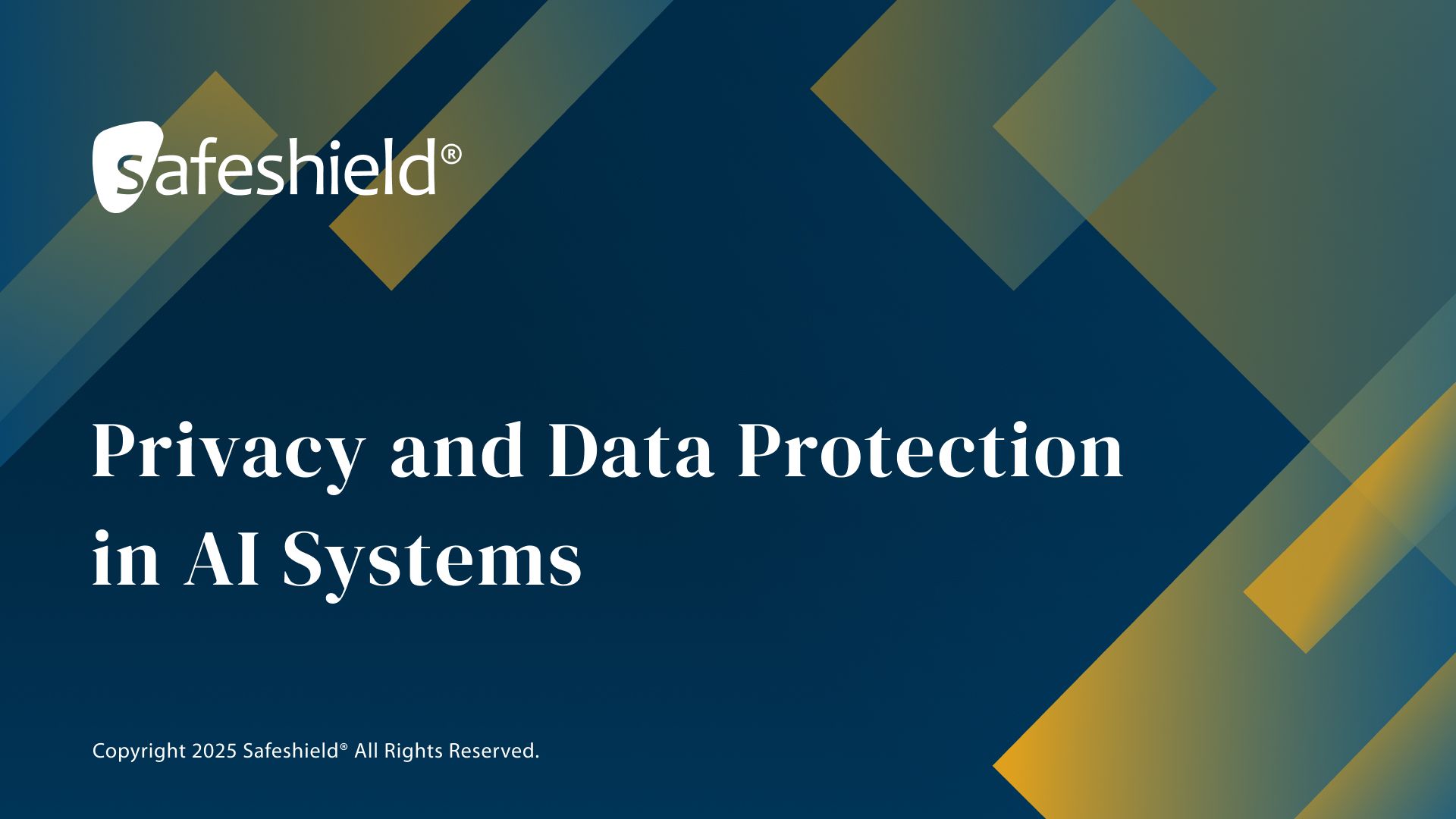AI Audit Readiness: 7 Things Companies Forget (and How to Fix Them)
October 21, 2025
When businesses prepare for an AI audit, they usually focus on the big issues: data breaches, biased algorithms, or compliance with new regulations. Those are obviously important, but they’re not the reason most audits go wrong.
More often than not, companies stumble on the basics. Missing documentation, vague accountability, and inconsistent monitoring. These small gaps are easy to overlook in day-to-day operations, but in an audit, they’re the first things the auditor will look at.
Being perfect isn’t the goal when it comes to a successful audit. It’s much more important to get the fundamentals right. In this article, we’ll highlight seven common things companies forget when preparing for AI audits, and more importantly, how to fix them before they become costly mistakes.
1. Incomplete AI Risk Registers
Most companies maintain a risk register for IT security or regulatory compliance, but they often forget to build one specifically for AI.
Why this matters:
AI comes with unique risks that are not present in typical cyber threats, including: algorithmic bias, explainability gaps, model drift, and unintended consequences. If these aren’t explicitly logged and tracked, auditors will flag the absence as a serious governance failure.
How to fix it:
- Create a dedicated AI risk register that specifically catalogues risks across the AI lifecycle.
- Classify risks by stage: data collection, model training, deployment, and ongoing monitoring.
- Assign risk ownership to business functions (compliance, HR, product)
- Review and update risks regularly as models evolve and environments change.
A strong risk register shows auditors that your business understands AI’s unique challenges and has a proactive strategy to mitigate them.
2. Poor Documentation of AI Decisions
One of the most common mistakes that catches companies off guard during an audit is neglecting to document how AI decisions are made and justified.
Why this matters:
Regulators and auditors need a clear view of how systems operate, especially in sensitive areas like finance, healthcare, or HR. Without documentation, you can’t prove accountability, and lack of accountability is a compliance red flag.
How to fix it:
- Keep detailed records of training data sources, model versions, and parameters.
- Document the criteria AI uses to make decisions, even if simplified for non-technical audiences.
- Maintain audit trails of updates, retraining, and major tuning changes.
- Adopt tools like model cards or datasheets that standardize how models are explained.
Think of documentation as a safeguard that makes AI systems defendable under regulatory scrutiny.
3. Forgetting Continuous Monitoring
Too many businesses treat AI as “deploy and done.” Once the model is live, monitoring is often forgotten or abandoned.
Why this matters:
AI systems aren’t static. They adapt, drift, and behave differently in production environments compared to training. A model that was compliant at launch may drift into non-compliance months later if no one’s watching.
How to fix it:
- Define clear KPIs for performance, fairness, and error tolerance.
- Set monitoring schedules: monthly, quarterly, or even real-time depending on the importance of the system criticality.
- Use tools to detect drift, anomalies, or bias creeping in over time.
- Document monitoring results and corrective actions for audit purposes.
Auditors want to see evidence that monitoring is a proactive part of your governance framework.
4. Weak Data Governance
Data is what fuels AI, but too many businesses assume that existing data privacy controls are enough. AI requires a more thorough approach.
Why this matters:
Poor-quality or biased data leads to flawed models and harmful outcomes. A model trained on incomplete or skewed data can undermine fairness, accuracy, and trust, even if it technically meets privacy laws.
How to fix it:
- Classify datasets specifically for AI purposes (training, validation, operational use).
- Implement documented processes for cleaning, validating, and bias-checking data.
- Conduct regular data audits to assess ongoing relevance and quality.
- Align AI data governance with privacy regulations like GDPR or HIPAA.
Auditors will look closely at whether you can demonstrate both the lawful and responsible handling of data.
5. Overlooking Third-Party AI Systems
Many businesses use third-party AI platforms such as cloud-based tools or recruitment tools. The mistake most businesses make is assuming compliance and accountability stop with the vendor, and not with them.
Why this matters: Regulators and auditors don’t care who built the AI. If you deploy it, you’re responsible for its impact on your business and customers.
How to fix it:
- Request documentation from vendors (compliance certifications, transparency reports, bias audits).
- Extend your risk assessments and monitoring to include third-party tools.
- Incorporate AI-specific clauses into supplier contracts, requiring accountability and cooperation during audits.
- Treat vendor systems as if they were your own. As far as regulators are concerned, they are.
This area is often the most overlooked, but it’s also the easiest for auditors to catch. Vendor reliance leaves a paper trail that is incredibly easy to follow.
6. No Cross-Function Oversight
AI governance often gets left to IT teams, without input from compliance, HR, legal, or senior leadership.
Why this matters:
AI isn’t just a technical issue. It’s a business risk, a compliance issue, and sometimes even an ethical issue. Auditors expect to see AI managed as a company-wide responsibility.
How to fix it:
- Create an AI governance committee that includes stakeholders from multiple functions.
- Assign executive-level accountability for AI oversight.
- Document governance structures, decisions, and meeting minutes to demonstrate accountability.
- Provide training for non-technical leaders so they can engage meaningfully in AI discussions.
Strong oversight reassures auditors that AI risks are managed at every relevant point in your business instead of just being left for the tech teams to manage.
7. Treating AI Compliance as a One-Off Exercise
Many companies prepare for an audit like they’d prepare for an exam: cramming at the last minute, assembling documents, and treating it as a one-time hurdle to jump over.
Why this matters:
Auditors can quickly tell whether compliance is embedded into business processes or whether it’s only surface-level. Reactive compliance isn’t sustainable, and regulators are becoming increasingly unforgiving.
How to fix it:
- Integrate AI governance into existing management systems like ISO 27001 (security), ISO 9001 (quality), or GDPR programs.
- Build compliance reviews into project workflows, instead of just end stages.
- Provide ongoing staff training so awareness is part of daily operations.
- Consider adopting ISO/IEC 42001, which creates a management system specifically for AI, aligning ongoing governance with global best practice.
The companies that thrive will be those who normalize AI compliance.
Conclusion
AI audits don’t usually fail because of catastrophic technical flaws. Instead, they fail because of much smaller details that have been overlooked. Documentation that isn’t centralized. Roles that aren’t clearly defined. Controls that look good on paper but haven’t been tested in practice.
The good news is that these gaps are fixable, and the sooner they’re addressed, the smoother an audit will be. Structured frameworks like ISO/IEC 42001 provide a useful blueprint for closing blind spots, but what matters most is building processes that your team consistently follows and improves.
When audits happen, you need to be ready. Getting ahead now means fewer surprises later, and a much stronger position with customers, regulators, and partners.
If your business is looking to strengthen AI governance, training programs like our ISO/IEC 42001 Lead Implementer, Lead Auditor
and Lead AI Risk Manager
courses can help build the skills and confidence to manage AI responsibly. Preparing today is the best way to ensure your AI systems can stand up to scrutiny tomorrow.
Subscribe to our YouTube channel, @SafeshieldTraining,
to explore free courses on AI governance, risk management, and compliance. It is an excellent way to learn the foundations of responsible AI and understand key principles such as accountability, traceability, explainability, non-discrimination, privacy, and security. It is also a great opportunity to deepen your knowledge and stay informed about emerging frameworks and best practices shaping the future of trustworthy AI.
Share this article

As AI becomes embedded in critical areas, like healthcare and finance, understanding the concept of safety has never been more important. In this video, we explore how the principles of safety, security and resilience form the foundation of trustworthy AI — preventing harm, protecting against attacks, and ensuring systems can recover from failure. You’ll learn how to apply these concepts in practice using global frameworks like ISO/IEC 42001, the EU AI Act, and the NIST AI RMF, and why these 3 principles must evolve together as part of a responsible AI governance strategy. Interested in learning more? Explore our AI GRC courses here.

How does AI handle personal data and what does that mean for privacy and compliance? In this video, we explore how artificial intelligence challenges traditional data protection principles, from consent and transparency to data minimisation and accountability. Learn how regulations like the EU AI Act and GDPR are shaping the future of responsible AI, and what GRC professionals need to know to manage privacy risk in intelligent systems. Interested in more information? Explore our AI GRC courses here.



